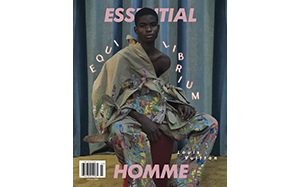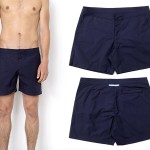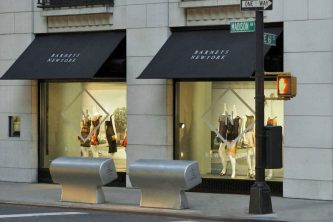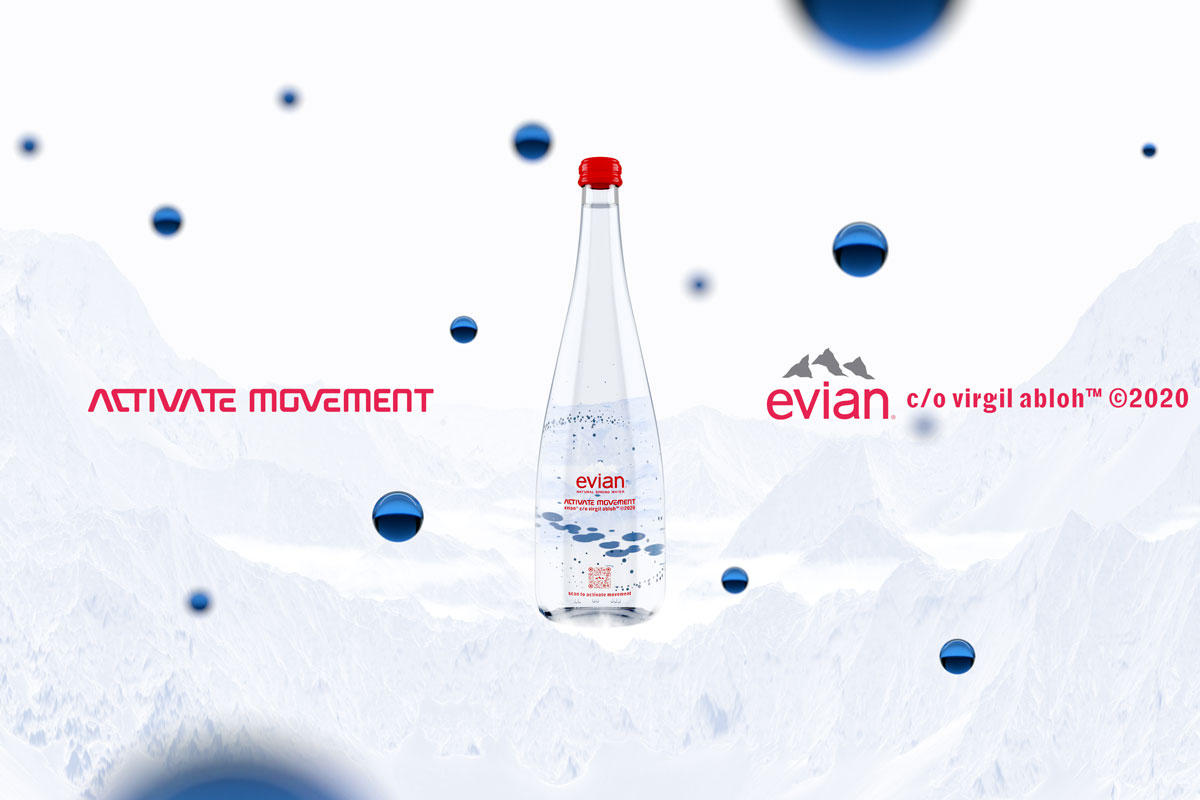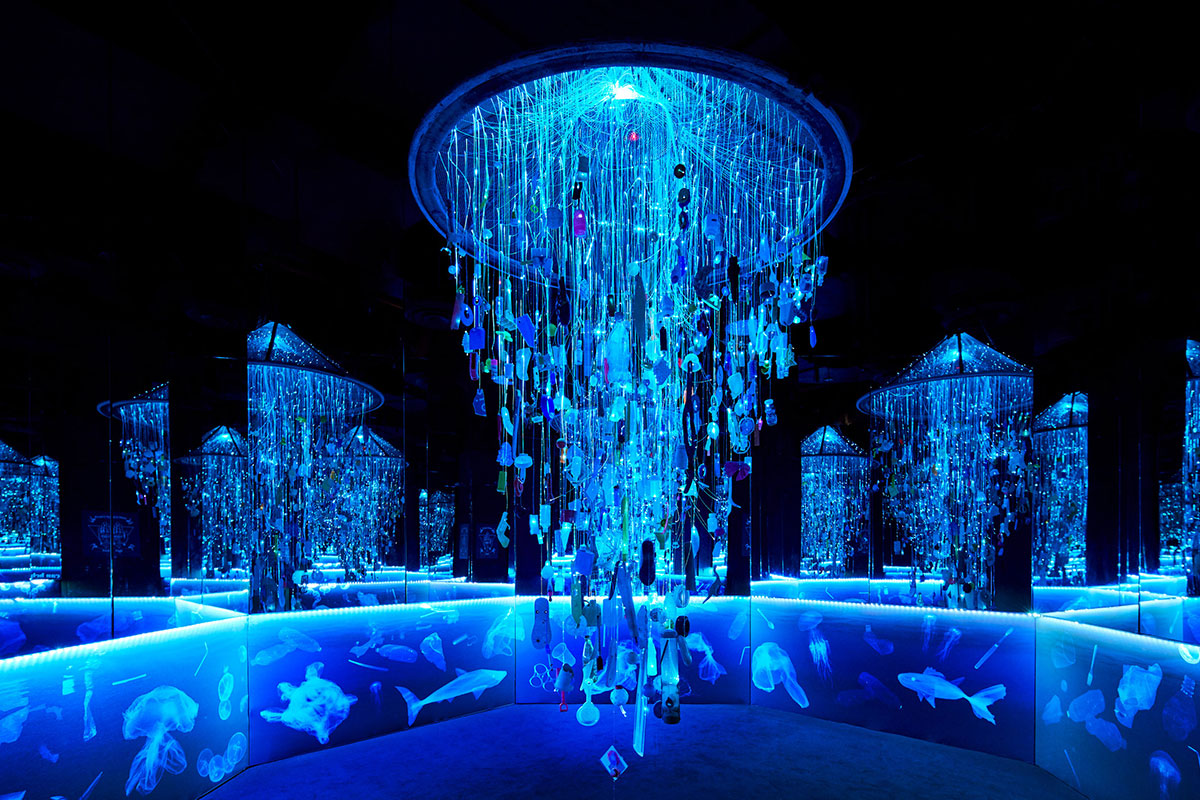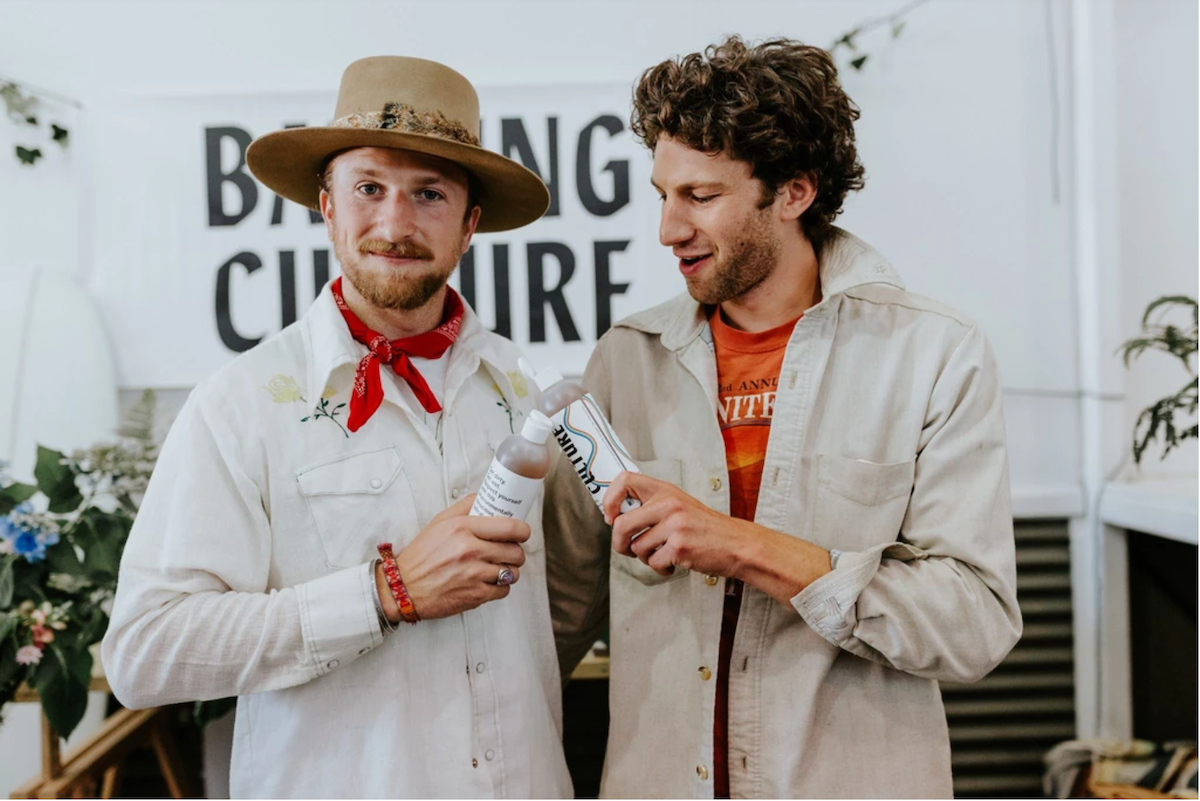
Bathing Culture’s Co-Founder Talks About Sustainable Soap
Bathing Culture, a sustainable soap brand, is revisiting the way we source ingredients and use products by offering an organic alternative. We spoke to Tim Hollinger, co-founder (on behalf of himself and co-founder Spencer Arnold) to delve into this niche market that is in need of an ecologically friendly alternative immediately as well. With the beauty industry spearheading a green revolution, it’s boutique brands like Bathing Culture that make it very obvious that the change is possible.
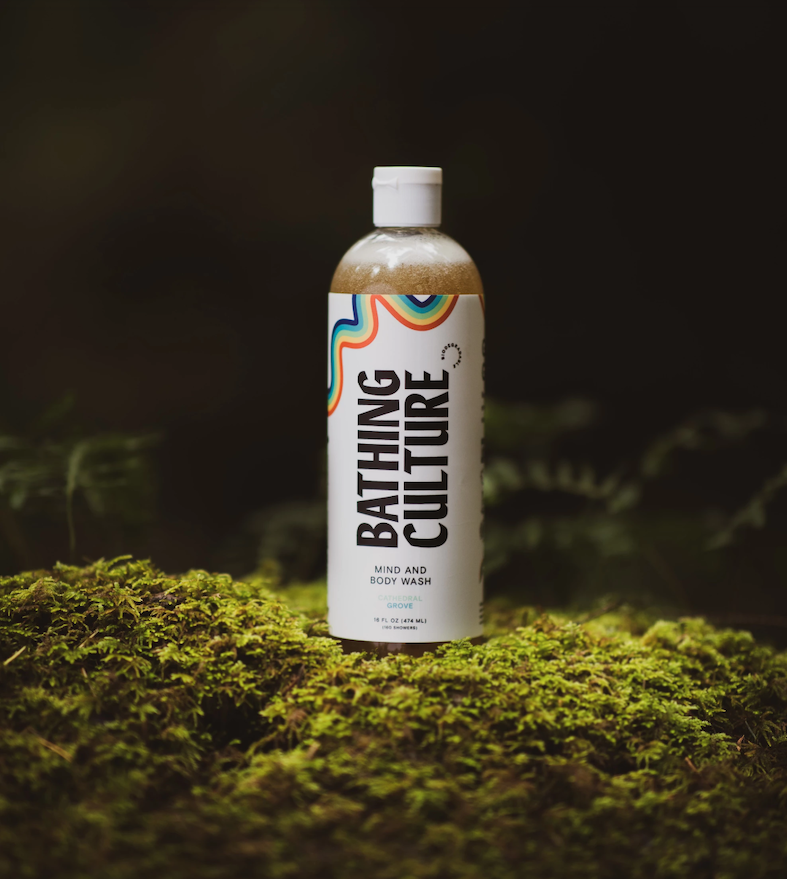
Could you tell me a bit about your background in bath & body industry and why you decided to focus on sustainability?
As a kid, I loved mixing together all my mum’s products and perfumes into one bottle. I’d add food coloring and wonder why she wouldn’t try it! I didn’t really understand that ingredients in the products I was combining were really bad for both environmental and personal health. The truth is, we all start using products before we can even talk. This means a lot can be taken for granted. My love of tinkering with formulations hasn’t gone away; rather, now I’m paying a lot more attention to what goes into the products and what type of impact each ingredient has. We focus on sustainability because it would be immoral not to. We want to make our mums proud, including Mother Earth.
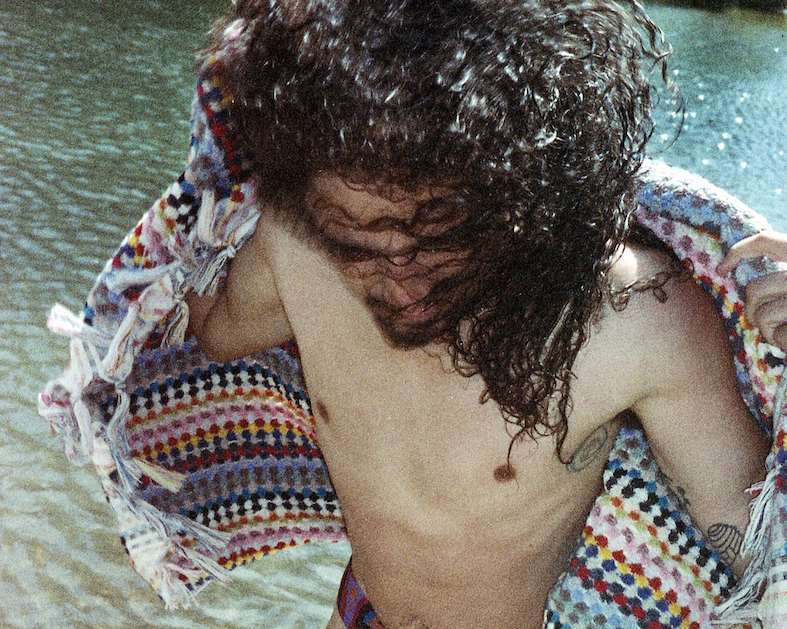
Tell me about Bathing Culture too– where did this name come from?
We love the culture of bathing! Bathing is so joyful, which is exactly what we need these days! From jumping in swimming holes to soaking in hot springs, bathing is something that connects folks all over the world. Everyone has a story about a particularly special bathing experience, and we’re so honored to remind people of those special moments of self and community care and connection.
How are active sports and sustainability interconnected?
Spencer is a surfer, and I’m a trail runner. These sports can both take you to incredible places. You start to notice things firsthand. The last few autumns while trail running in the backcountry, I’ve started to notice fewer migratory birds. It makes me think about the changing climate, water scarcity, man-made developments altering migration, and the mass extinction that’s happening as we speak (there are 3 billion fewer birds today than there were 50 years ago). This mindset forces us to really challenge ourselves about the impact of the decisions we’re making and the pressure we’re putting on our environment.
If we don’t take actions that offset our impact, we won’t have the places in which we love to play.
Could you describe the biggest problem that you see in bath and body products lately?
Ingredient sourcing is a huge challenge. It’s really easy for companies to think they’re doing the right thing, but in reality they’re causing more harm because they don’t know where or how their ingredients are being made, grown, processed, adulterated or transported. While more and more brands are using natural ingredients in their formulas, they’re sourcing ingredients that are grown with synthetic fertilizers and herbicides; these fertilizers are overapplied, have been made using fossil fuels, and are often creating more environmental harm than good.
We also see a ton of folks using Palm Oil (often hidden in other composite ingredients) and other ingredients from the tropical belt. Not only is it very resource-intensive to transport this stuff (we have to plant trees to offset our sourcing), but harvesting these ingredients often contributes to deforestation. It’s a lot of work to get quality ingredients. We say no to a lot of ingredients that we would love to use, but turn down because they create environmental harm, aren’t ethically harvested, or are incredibly scarce. For example, Palo Santo is an amazing scent, but the trees have been added to the endangered species watchlists. We get chain of custody paperwork, source as much from North America as we can (this is especially important for any minerals used), and use primarily organically-grown ingredients. Despite all of this work, we still have a long way to go.
For the most part, this level of supply chain management isn’t a consideration for the industry, and we’re excited to help change that.
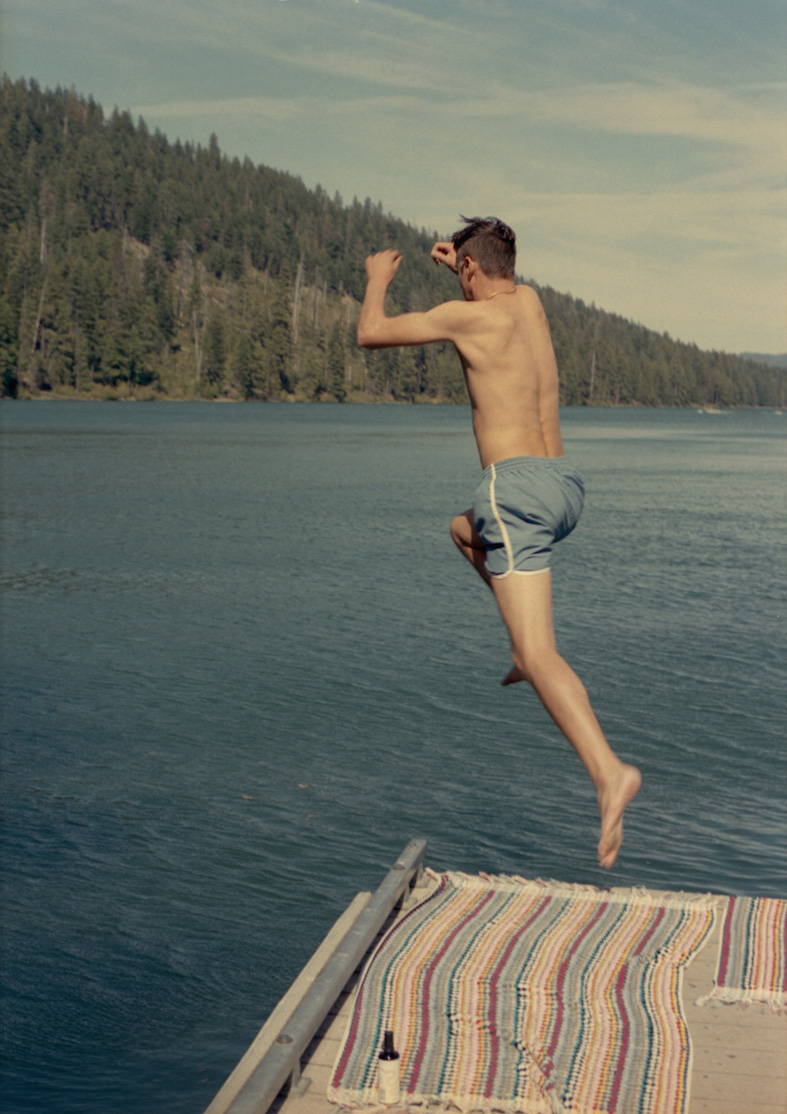
In the current atmosphere of Climate Strikes, social media campaigns, and more, is there an optimistic “light-at-the-end?”
Individuals and organizations taking the climate crisis seriously give us a ton of optimism. We strongly endorse the Green New Deal. We encourage everyone to spend 10 minutes a day consciously taking actions that benefit the environment, from pumping your bike tires to composting, turning off the lights and going to the farmers market, calling your elected representatives, getting educated about what’s happening, and joining grassroots organizations like Extinction Revolution, 350, and Grandmas for Peace, to name a few. Together we can make an amazing impact!
If we take on sustainability, a myriad of other issues arises including human rights, female wages, animal rights, etc. At the same time, some brands are doing one thing correctly and others wrong, for ex: shipping in plastic packages. Can we really be perfect? What’s the goal and ideal state?
When we talk about the environmental crisis, we’re talking about everyone and everything that’s living in this environment. We believe the environmental crisis is exacerbating systemic societal injustices. Addressing our environmental challenges means addressing our societal issues. We understand that change is hard and requires lots of stakeholders (in fact, we’ve told scores of companies we can’t work with them until they improve their environmental practices). While there are a lot of easy fixes, some of the systemic changes take years of constant pressure from companies and stakeholders, governments and individuals. This is going to be hard for a lot of folks, but we’ve made amazingly fast and profound societal and technological changes many times. We were able to spread electric energy from a few areas to the majority of the US in only 10 years, so we can surely make it carbon free in the next 5.
Our perception of wealth needs to shift from consumption to conservation; our perception of success from capital to community. We need to invest heavily in these solutions.
Ultimately, the future we all want is to leave the world better than we found it; healthy and safe with opportunity for our families and communities. That’s something every healthy person, no matter their country or politics, can agree on.





